Peperomia (Peh-per-OH-mee-uh) is a large genus of over 1500 species of attractive tropical and sub-tropical foliage plants, native primarily to Central and South America. Some Peperomia types are succulents, complete with pudgy leaves full of stored water, and some Peperomia succulents also have leaf windowsLeaf windows are specialized leaf structures specific to som... More. Because Peperomia plants are small statured, often feature colorful leaves and thrive in warm, consistent temperatures with bright, indirect light, they make excellent house plants. Many Peperomia have prominent, vertical ridges on the leaves. Together with the plants’ love of warmth and humidity, these ridges lead to the common name of “radiator plants”.
All About Growing Peperomia Succulents
In this Post We'll Cover:
{Please note, some links in this post may be affiliate links to sites that pay me a small commission if you click on the link and make a purchase. This commission is at absolutely no cost to you. I only recommend products and companies that I have worked with and truly love! ~Kat}
Peperomia Houseplant
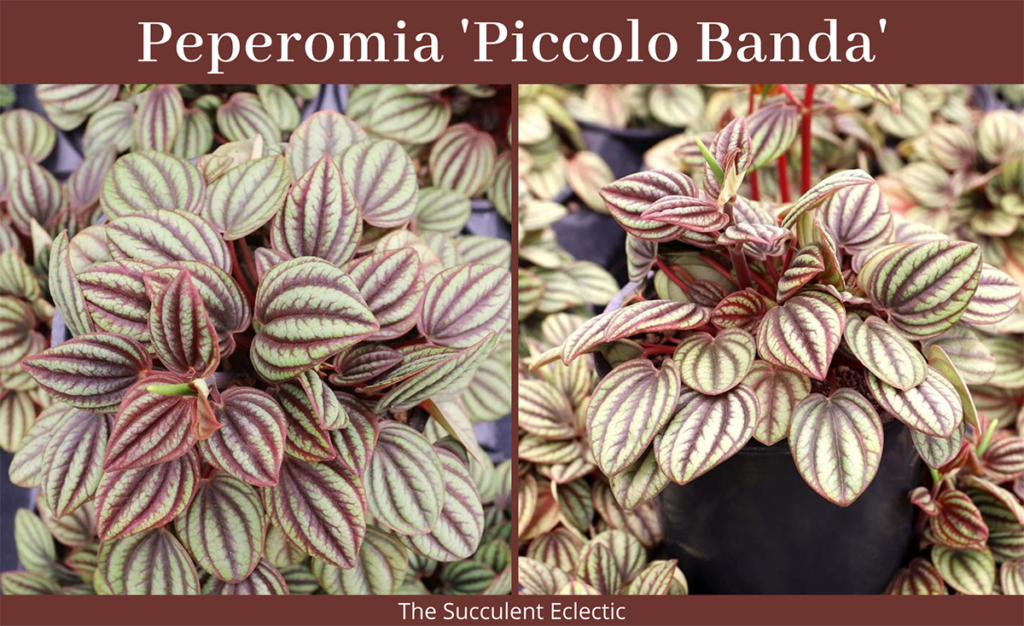
Peperomia is a diverse genus with succulent, semi-succulent and epiphytic plants that range widely in color, texture and form. Some radiator plants have loads of tiny, dime-sized leaves, while others boast foliage a handspan across. Some Peperomia types have deep green leaves that are thin and flat, while others are fat and succulent with stored water. Some display beautiful variegation or intriguing stripes. Still others have deeply ridged and puckered leaves with colorful veins. Most grow upright, while some varieties trail.
Despite these differences, Peperomia plants do share common characteristics that make them excellent houseplants:
- The ideal temperature for growing Peperomia is 65°F – 75°F (18°C – 24°C)
- Peperomia thrive in bright, indirect light
- Peperomia are naturally small statured, typically topping out at 6-12″
- Peperomia plants often have colorful foliage and intriguing leaf shape and texture
- Peperomia are easy-care plants that are forgiving of neglect
Trailing Peperomia Types
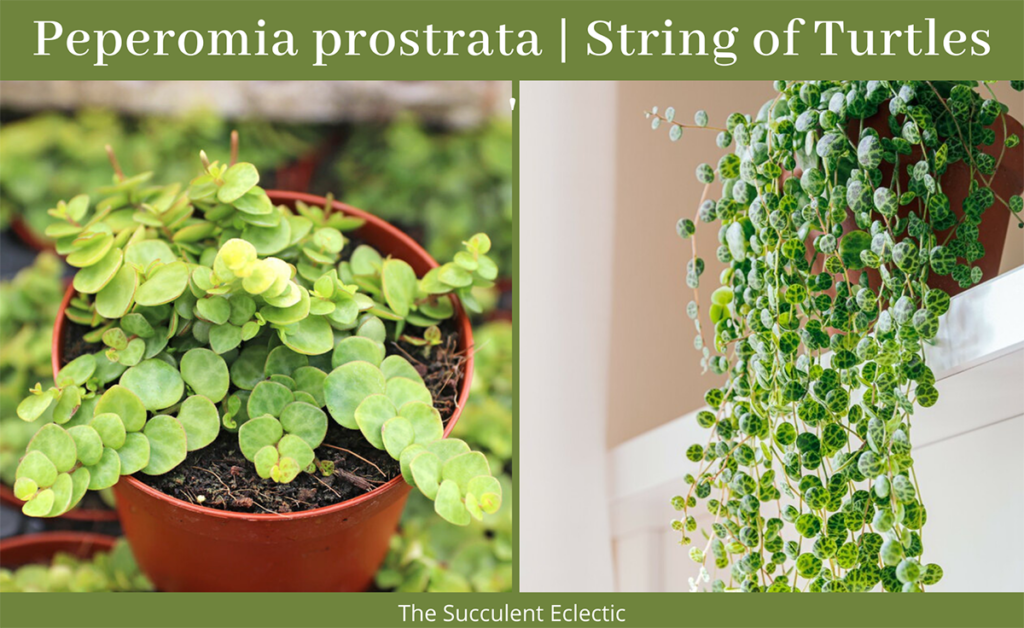
Peperomia plants are slow-growing and generally small in stature. The vast majority of Peperomia succulents are shrub-like plants with foliage held on upright growth. Most top out at 6-12″ tall. But there are some notable trailing Peperomia plants, like the lovely Peperomia prostrata “String of Turtles” above. Other trailing Peperomia types include Peperomia ‘Hope’, Peperomia ‘Red Cascade’, Peperomia obtusifolia and Peperomia rotundifolia.
Peperomia Flowers
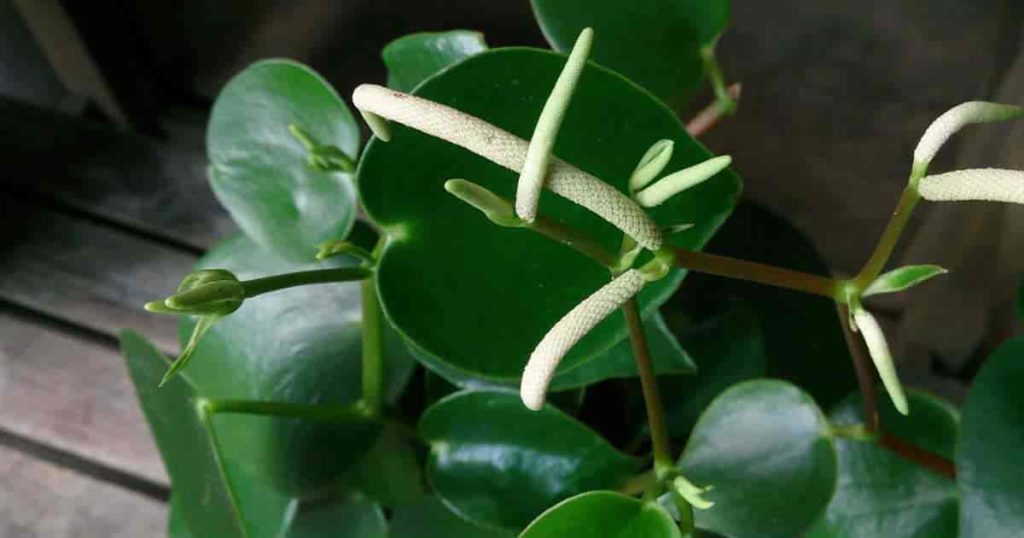
While all Peperomia varieties bloom, the blooms are typically small and easily-overlooked. These charming plants are prized for their handsome foliage. Most Peperomia flowers look like small conical spikes in cream or brown, structures that are frequently mistaken for new stems. While not much to look at, some Peperomia flowers are sweetly fragrant!
Peperomia Lighting
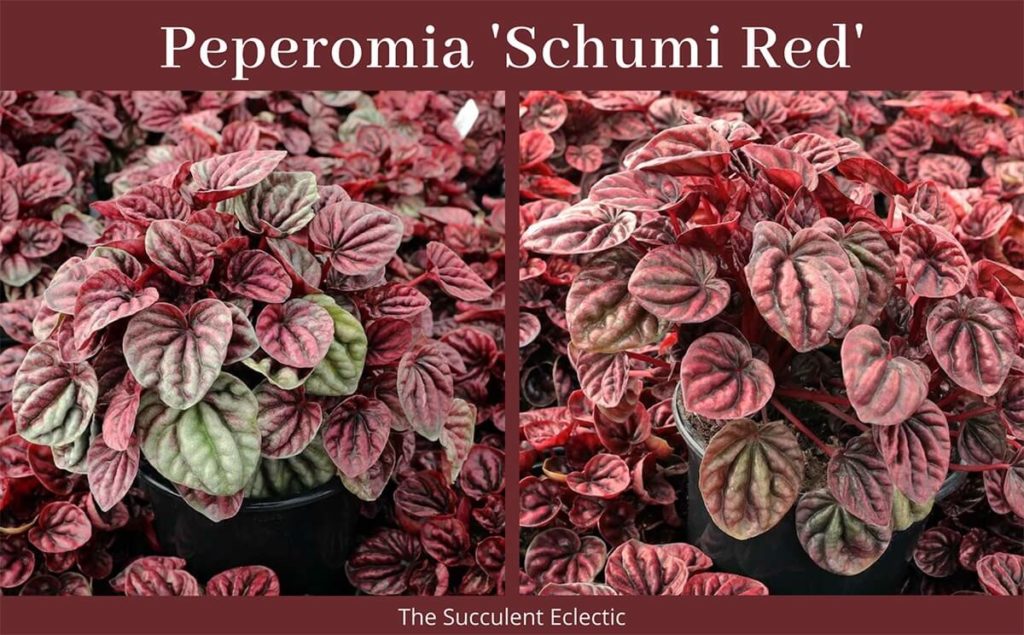
Peperomia are native to tropical climates, where they are found growing in the crotch of tall, leafy trees, in cloud forests or on rotting wood on the forest floor. The sunlight is diffused by clouds and the foliage of larger plants. Having evolved to flourish in this niche, Peperomia require protection from full sun. They can thrive in brightly-lit locations indoors or in shady spots in mild, semi-tropical gardens.
While some Peperomia succulents can thrive in low light conditions, those with colorful foliage will lose that color and fade to green without a good amount of light. Artificial lighting or a sunny window keeps these beauties shining bright indoors.
While Peperomia is well suited to growing indoors, still take care to provide as much light as possible for the best results with your radiator plants.
Peperomia Temperature
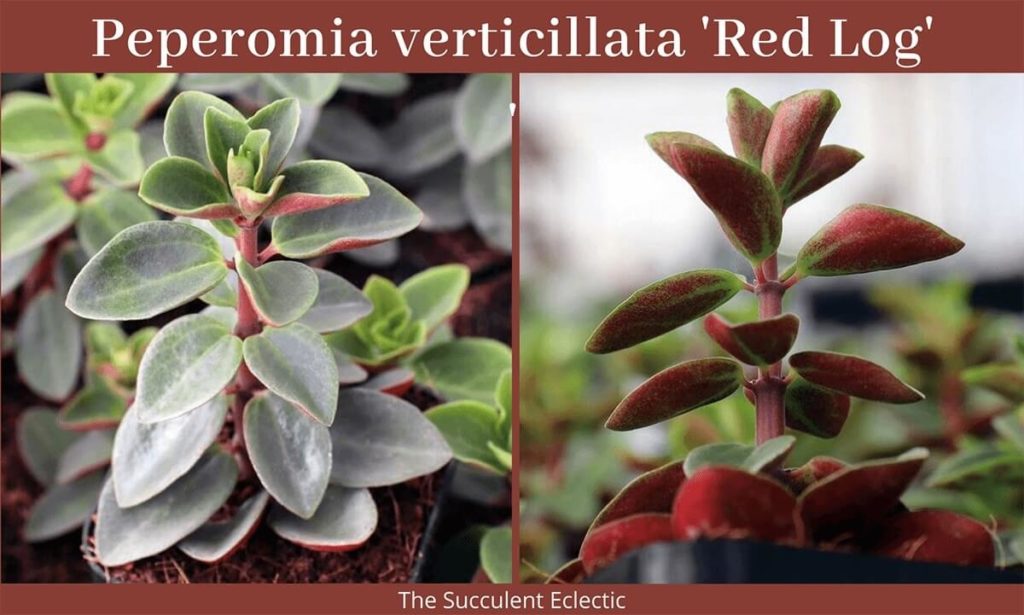
Peperomia are native to tropical regions where the temperatures remain consistently warm year round. While the ideal temperature range for Peperomia succulents is is 65°F – 75°F (18°C – 24°C), they can handle temps as low as 50° F (10° C) and as high as 90° F (32° C).
Protect Peperomia plants from cold weather in the winter. And year round, take care to protect these plants from sudden temperature swings, which can lead to stress and damage.
Peperomia Soil
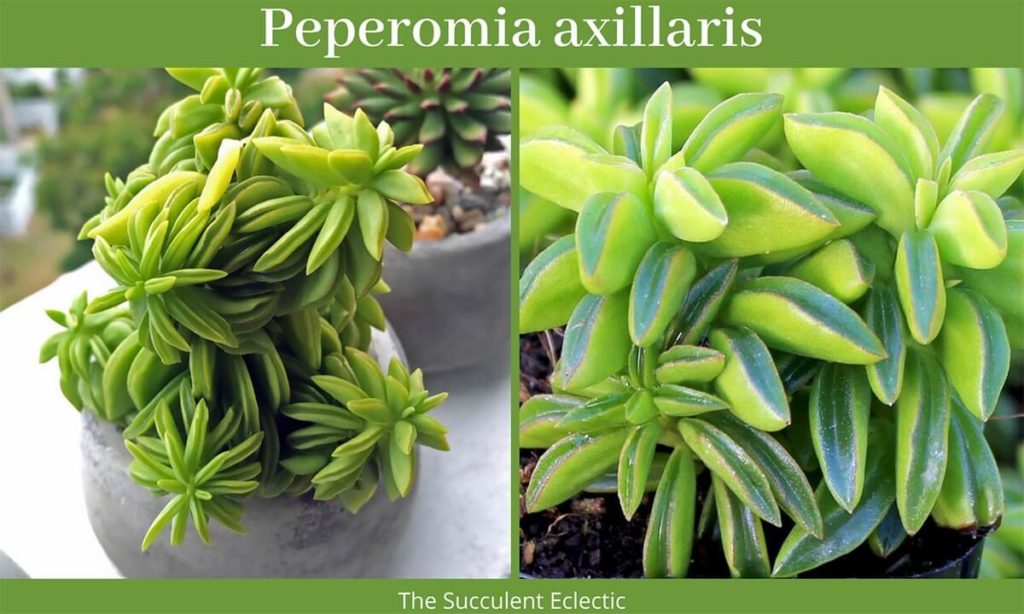
Peperomia are intriguing little plants that have developed strategies for water management a bit different from most plant life. Some Peperomia varieties are succulent, some are semi-succulent and most are epiphytes(Eh-PIH-fites) A plant that grows on another plant (typicall... More found growing in the wild on rotting wood. All Peperomia plants, whether succulent or epiphytic, have relatively small root systems that require lightweight, fast-draining soil. The soil should be nutritionally lean and well-aerated, allowing good airflow to the roots. A lightweight succulent soil is a good choice, especially for mixed succulent plantings that contain Peperomia plants. If you’re looking for soil to grow Peperomia alone, I recommend you add a bit more pumice and coco coir to your succulent mix.
Watering Peperomia
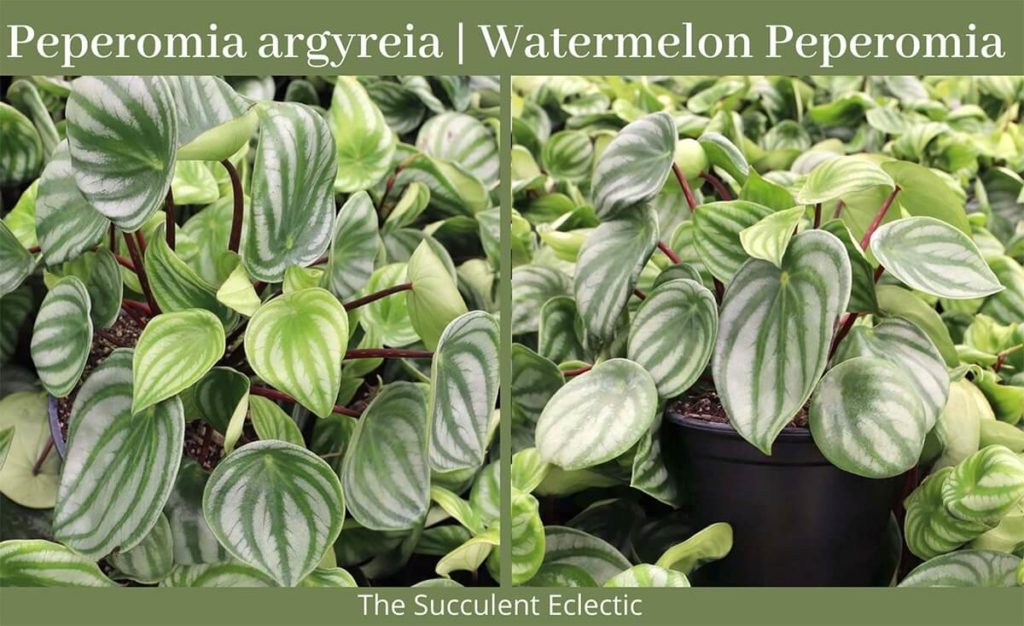
Peperomia succulents should be watered just like most succulents, only when the soil is dry, and then water thoroughly, until the water pours out the drainage holes. But thinner leafed Peperomia don’t need a great deal of water either. Water Peperomia plants with thin leaves when the top 1″-2″ (3cm – 5cm) of soil is dry. And again, water fully, until it comes from the drainage holes.
If your thin-leafed Peperomia plants seem dry, or they wilt, try misting the leaves or providing a pebble tray to boost the humidity for the plants. Misting is especially important for radiator plants when the central heating is on, drying the air of your home.
Peperomia Propagation
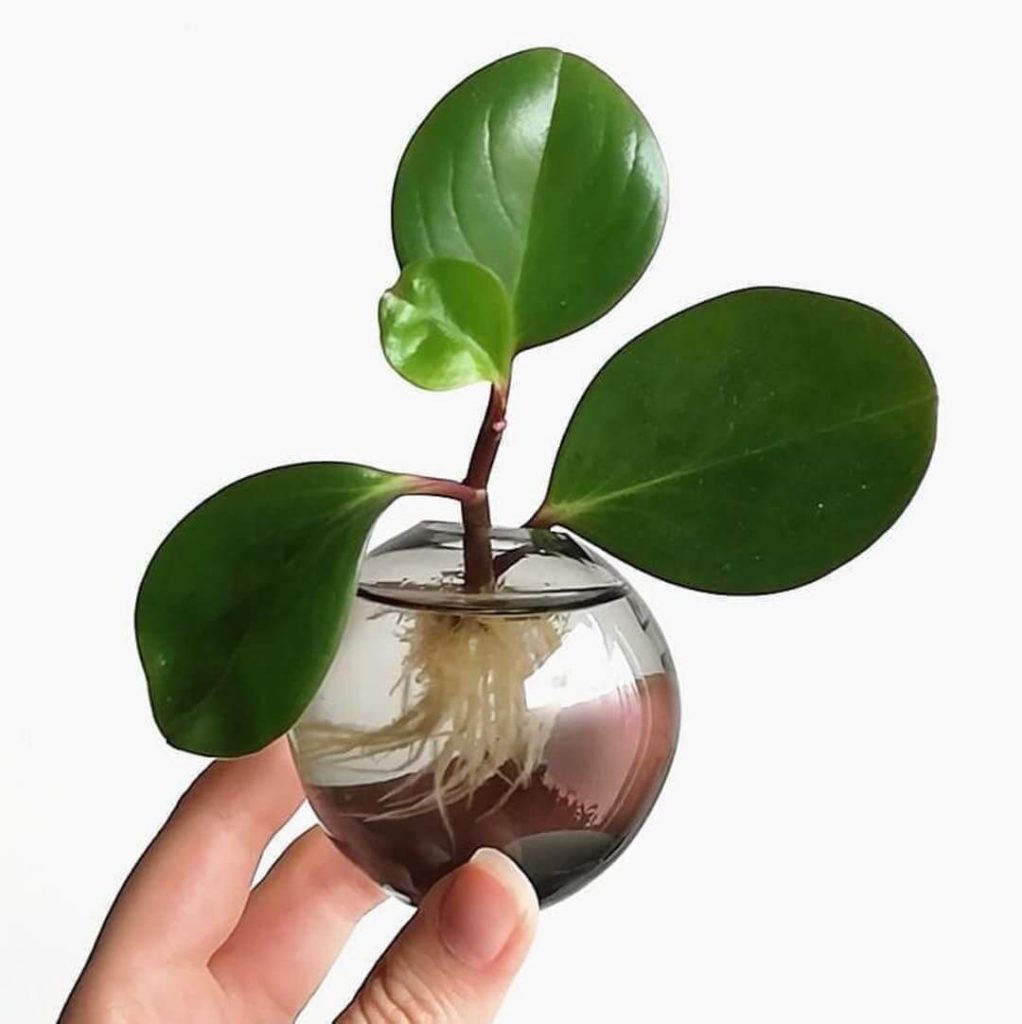
Like most succulents, Peperomia are typically propagated by stem cuttings, division or individual leaves. Peperomia cuttings can be rooted easily in succulent soil, but they are most often rooted in water. In fact, Peperomia cuttings can live a long time rooting just in water, which can make a beautiful display.
While Peperomia can be grown from seed, the seeds are quite small, like those for most succulents. Further, because most Peperomia plants available today are hybrids that do not breed true from seed, a quality seed source is difficult to find.
Is Peperomia Toxic to Cats and Dogs?
Peperomia Types
There are over 1500 Peperomia types, with dozens in commercial production. Below, I have listed some of my favorites, including Peperomia succulents, trailers and handsome foliage plants.
Where to Buy Peperomia Plants

Peperomia plants are growing in popularity, not just for their attractive foliage and easy-care nature, but because they perform so well indoors. You can find them at local big box stores as well as nurseries. Leaf & Clay carried two varieties. For a larger selection, Mountain Crest Gardens carries nearly 20 different varieties of Peperomia succulents and non-succulent types. You can also find good sized peperomia plants on Amazon from top quality sellers like Hirt’s, Rooted and Fat Plants of San Diego.
Let a Peperomia succulent light up the long, grey days of winter! If you have any questions, please leave me a comment, and I will get right back to you!
Happy gardening!
P.S. For more succulent care information, please subscribe to The Succulent Eclectic! I’ll send you my FREE e-course 7 Steps to Succulent Success!
P.P.S. Why not join my Facebook Group for succulent lovers? We talk about succulent care, propagation, succulent identification, and design. It’s a warm and welcoming group that would love to meet you!
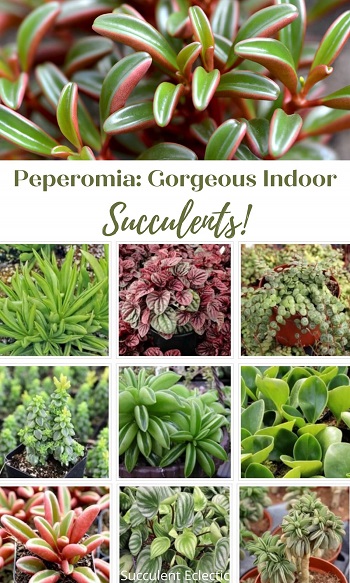
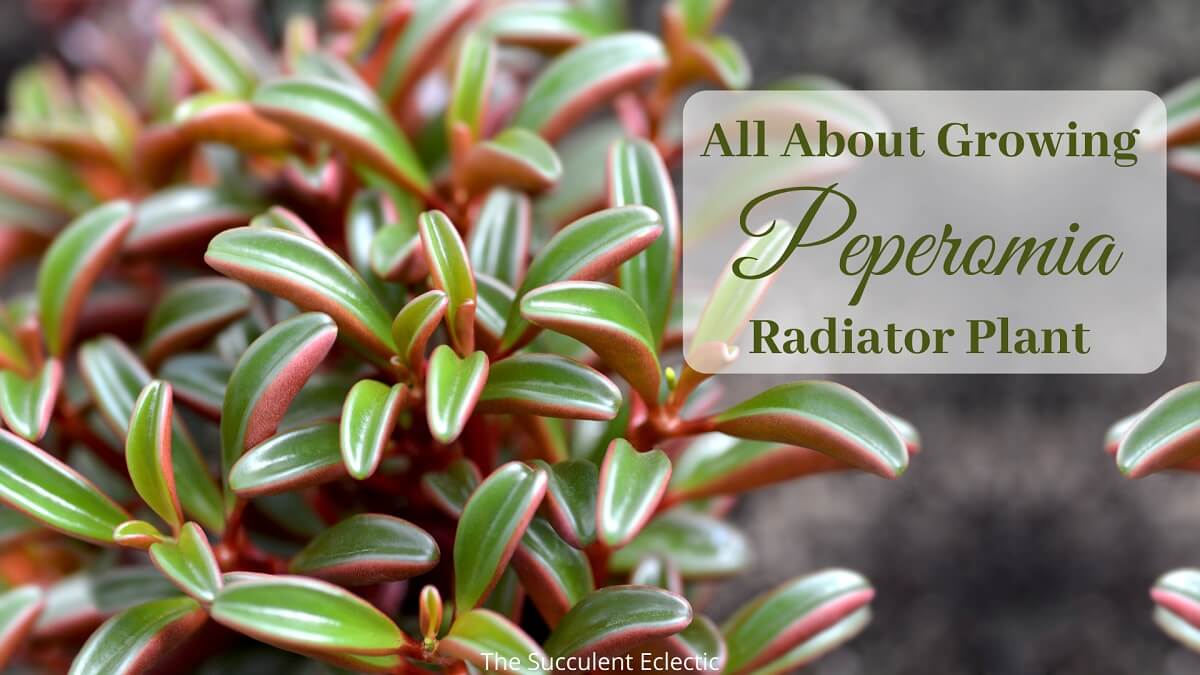

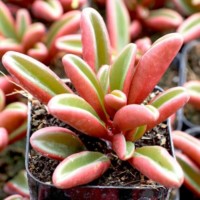
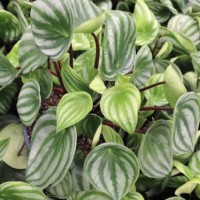
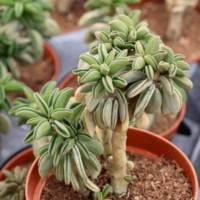
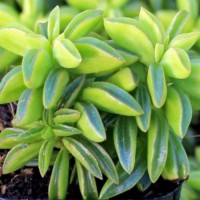
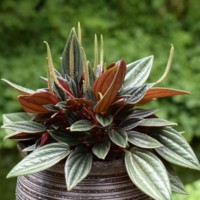
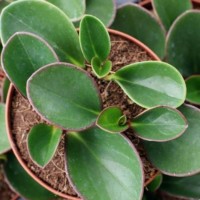
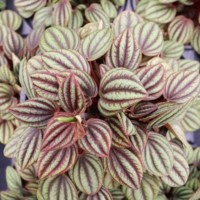
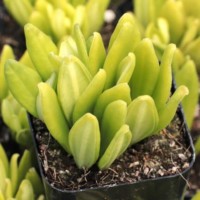
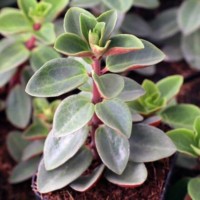
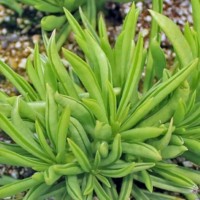
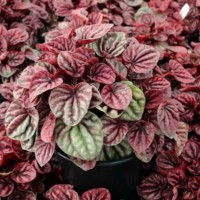
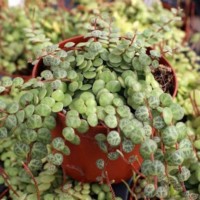
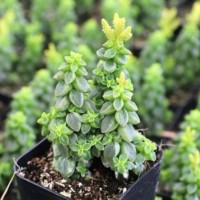
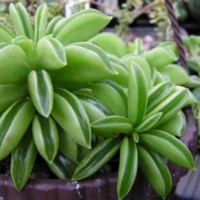
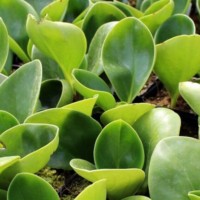
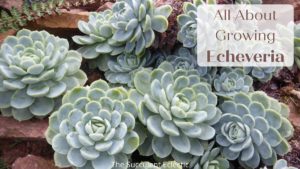
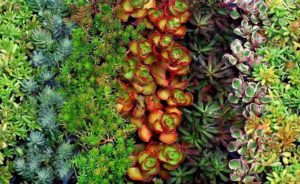
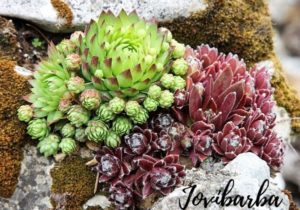
I made the Mason jar Bouquet and it came very nice I used a ocean theme coffee cup hope the last like you mentioned
Hi Barbara,
That’s AWESOME! I would love to see a picture. Please send it to me at kat [at] thesucculenteclectic [dot] com.
I’m delighted you’re so pleased with it!
~Kat